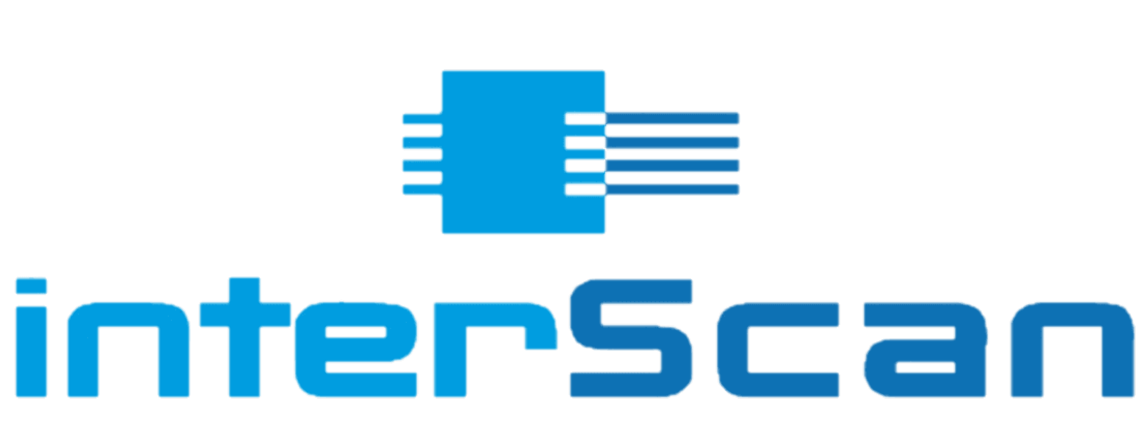Learn more about JetStream AI with this Service Bureau Case Study.
JetStream Document Classification
Using JetStream Classification automation, you can achieve substantial time and cost savings by eliminating the necessity for manual correction rules. By integrating a completely automated document workflow and automatic document classification, you can boost your automation rates to exceed 90%. Whether you are dealing with individual pages or entire documents, JetStream Document Classification Software enables efficient categorization and sorting after a brief setup period. This system possesses the capability to accurately categorize incoming documents, with an average accuracy of 94%. Additionally, our document splitting functionality can effectively separate large consecutive documents using either a trainable AI model or rule-based approach.
What Is Document Classification?
Document classification is the process of categorizing or sorting documents into predefined classes or categories based on their content, characteristics, or other relevant attributes. It involves analyzing the text, structure, or metadata of a document to determine its class or category. Document classification can be performed manually by humans or automatically using machine learning algorithms and techniques.
The purpose of document classification is to organize and manage a large volume of documents efficiently, making it easier to search, retrieve, and analyze specific information. It can be applied in various domains such as information retrieval, content management, email filtering, customer support, legal document processing, and many more.
Automatic Document Classification
Automated document classification systems use techniques like natural language processing (NLP), machine learning, and artificial intelligence (AI) to automatically assign documents to the appropriate class or category based on patterns and features extracted from the text or other document attributes. These systems can learn from labeled training data and improve their accuracy over time through continuous feedback and validation.
JetStream's versatile document categorization feature offers a rule-free and few-shot learning approach, making it incredibly efficient for organizing and classifying documents. With advanced machine learning capabilities, setting up and maintaining document classification workflows becomes significantly faster compared to traditional rule-based or manual methods.
JetStream AI Document Classification Software Demo
JetStream Classification Key Features
FEW-SHOT LEARNING
- Few-shot learning
- Significant time savings
- Reduce maintenance

NO CODE TRAINING
- Great for non-technical users
- Browser-based interface
- Customize classification models

INTELLIGENT DOCUMENT SPLITTING
- Files with 100+ forms
- Split using neural networks
- Eliminate manual separation

UNMATCHED QUALITY & ACCURACY
- Unrivaled OCR
- Superior ICR
- Highest-quality input data

EASY DEPLOYMENT & INTEGRATION
- Cloud
- On-premises as a Java app
- Seamless gRPC API integration
Document Classification Machine Learning Methods
With JetStream's few-shot learning capability, it can quickly learn and adapt to document classification tasks using only a small number of tagged sample documents. This versatility extends to both single-page and multi-page files, enabling effortless routing to different downstream processes, such as data extraction.
Page Classification
- Classification of individual pages
- Use case: analysis of all sections of an e-mail application
Document Classification
- Classification of entire documents
- Use case: identifying an e-mail attachment as an application
Jetstream Classification Software Add-ons
When dealing with extensive document scanning, it is not uncommon to come across PDF files that consist of numerous consecutive forms, often exceeding 100 pages. However, with IDA's document splitting functionality, you can train a neural network to autonomously partition these document batches and accurately separate multi-page documents. This automation enhances efficiency and streamlines the document processing workflow.
Document Splitting
If your needs match previous page classifications, leverage the effectiveness of the same model for document splitting. Alternatively, you can opt for a rule-based approach by splitting documents after a predetermined number of pages. In cases where document layouts remain consistent, having a single blank form per class is sufficient. However, it's important to note that document splitting currently works best with well-organized input sequences.
Model Training
JetStream offers a graphical interface that is designed to be user-friendly, making it simple for individuals to train models without any programming background.
Neural Network
Unlock the possibilities of neural networks in classifying data with our innovative approach. By combining visual and textual features, our dynamic model focuses on crucial aspects during training. Achieve the best results by starting with a minimum of 20 documents per class, or enhance training quality with 100 documents. Even a single empty document per class is sufficient for structured layouts.
Bag of Words
Experience the next generation of classification with IDA's revolutionary rule-based approach and patented PerceptionMatrix technology. Unlike traditional neural networks, IDA is specifically designed for simpler tasks, prioritizing textual features. With IDA, you have the flexibility to customize word searches within documents, including word groups and sentences. Additionally, the PerceptionMatrix allows you to explore and preserve all transcriptions, ensuring that no information is lost during the classification process.
Request a Demo
We are excited to answer any questions and can provide virtual demonstrations, document testing and free trials.
